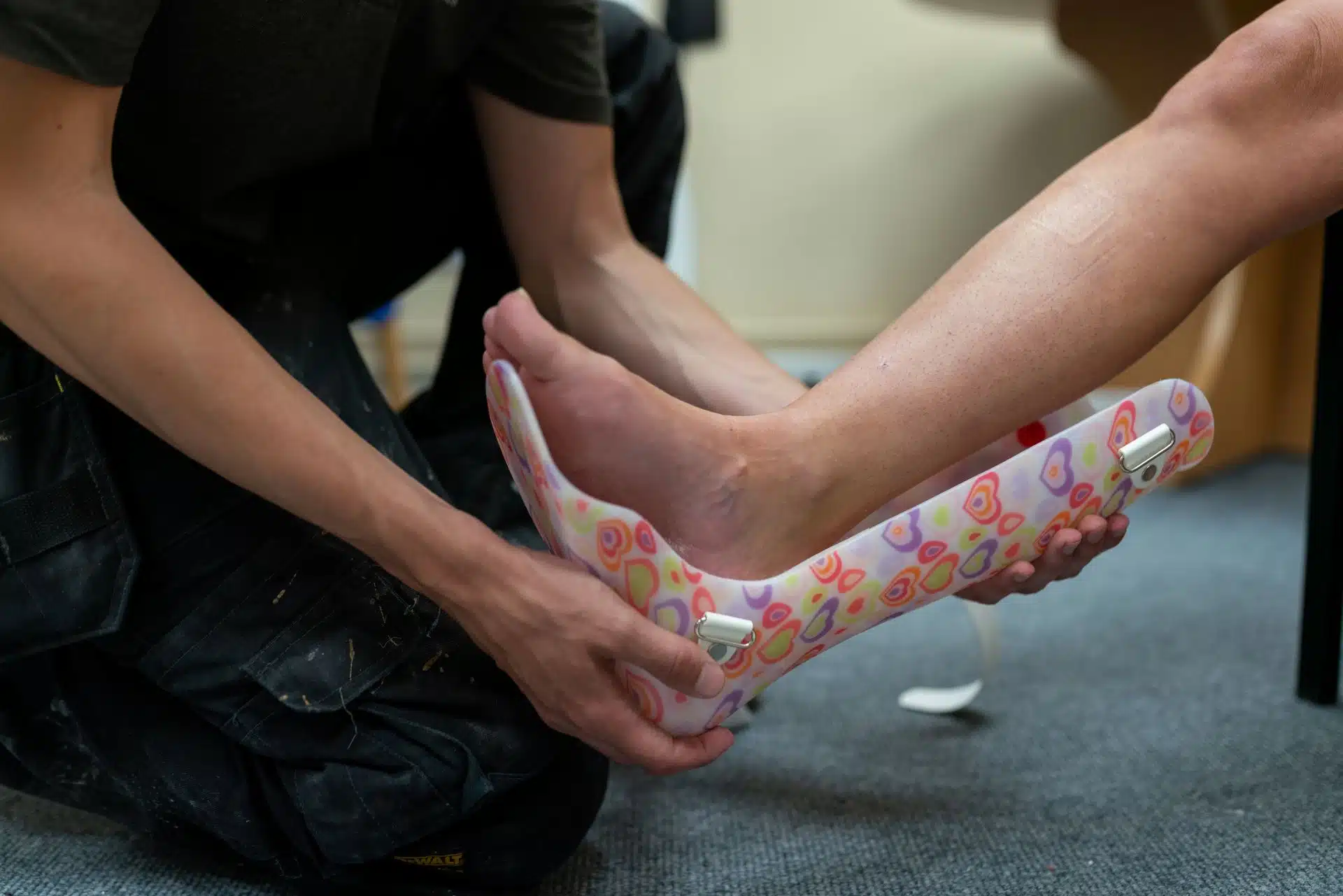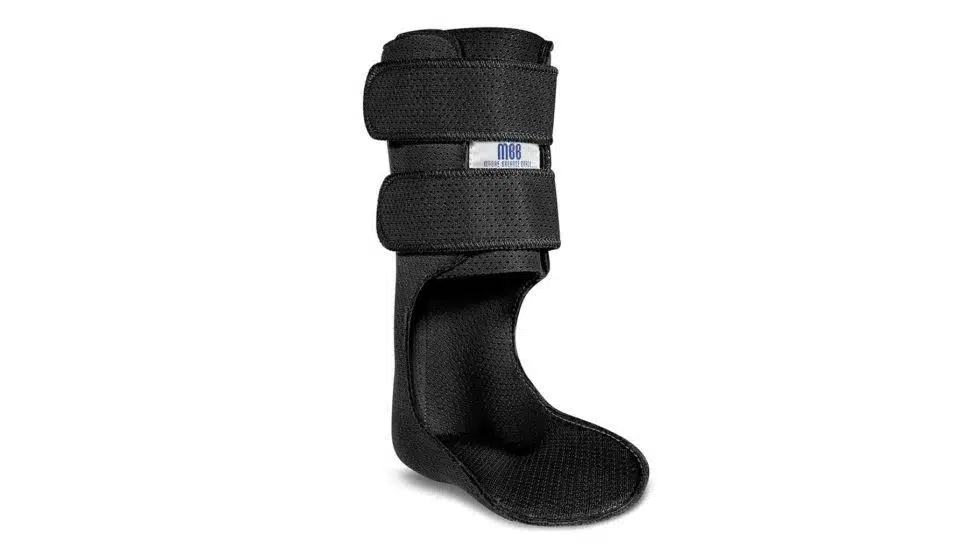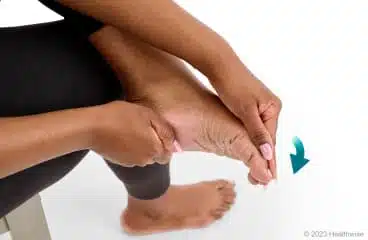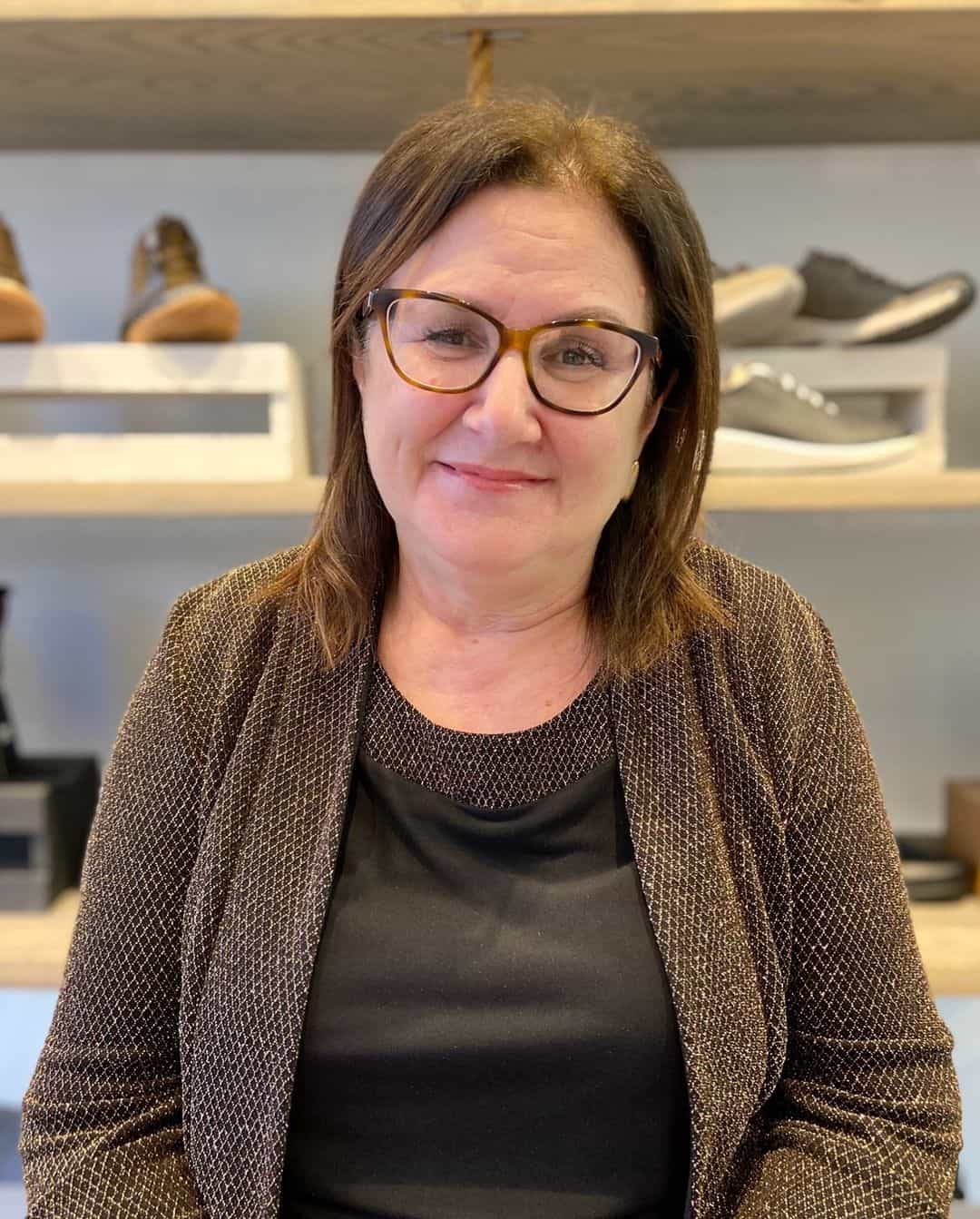What is an Ankle Foot Orthotic (AFO)?
An ankle foot orthotic (AFO) is a medical-grade brace that supports the foot and ankle. It often extends partway up the calf. Unlike regular foot orthotics—which fit inside shoes to support the arch and heel. AFOs offer external stabilization of both the foot and ankle joints.
AFOs are commonly made of lightweight plastic or carbon fiber and may be custom-made or prefabricated. They assist walking, correct alignment, reduce pain, and help prevent further injury.
Who Needs an AFO?

AFO’s received mainstream attention a few years ago when NFL quarterback Alex Smith returned to the football field after a catastrophic leg injury. The key to his return: an ankle foot orthotic. Due to a post-surgical infection, the nerve that helps flex the right foot was severed. This meant he couldn’t lift his foot. So he got an AFO to help and made a brief comeback (with the help of an extensive rehab team).
So who exactly needs an AFO? Since AFOs are heftier than regular orthotics, they’re typically recommended for patients with more complex conditions than those addressed by traditional foot orthotics. You might benefit from an AFO brace if you have:
- Foot drop (difficulty lifting the front of the foot)
- Cerebral palsy or neuromuscular disorders
- Stroke-related gait issues
- Multiple sclerosis (MS)
- Post-surgical ankle instability
- Tendon or ligament injuries
- Severe arthritis affecting ankle mechanics
Ankle foot orthotics are most commonly indicated for neuromuscular disorders and foot drop.
AFOs v Regular Orthotics: What’s the Difference?

| Feature | Regular Orthotics | Ankle Foot Orthotics (AFOs) |
|---|---|---|
| Scope | Foot support only | Foot and ankle support |
| Placement | Inside the shoe (underneath the foot) | Worn underneath and around the foot, and around the ankle |
| Conditions Treated | Arch pain, plantar fasciitis, overpronation, high arches, other biomechanical irregularities | Neurological and structural gait disorders, severe instability |
| Customization | Often custom-fit or prefab | Often custom-molded to leg shape |
| Mobility Support | Moderate | High—can aid in walking and balance |
While regular orthotics focus on redistributing pressure and correcting foot mechanics inside the shoe, AFOs provide external control for more complex biomechanical or neurological issues. Think of it as the difference between cushioning a sore spot and physically guiding your limb’s motion.
How Are AFOs Made and Fitted?
AFOs are usually prescribed by a foot specialist or chiropodist after a full assessment. The process may include:
- Biomechanical Assessment
- Gait analysis
- Casting or 3D scanning
- Custom fabrication
- Fitting and adjustments
Some patients may only need short-term use post-injury or surgery, while others may rely on AFOs for long-term mobility support.
Final Thoughts
If you’ve been told you need more than just arch support or if your walking pattern has changed due to injury or illness, an ankle foot orthotic could be a game-changer. At our clinic, we assess your full biomechanics and work with you to find the right support—whether that’s a custom orthotic, AFO, or a combination of both.










